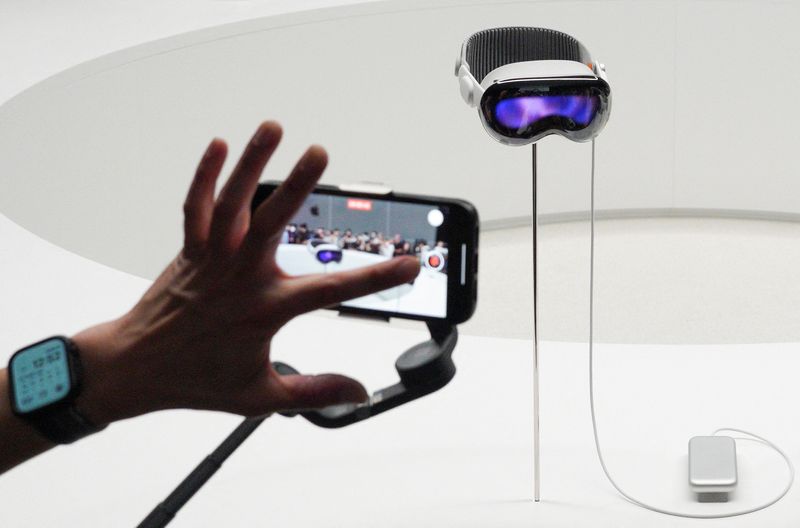Apple (NASDAQ:AAPL)'s latest flagship smartphones, iPhone 15 Pro and iPhone 15 Pro Max, have been reportedly experiencing overheating issues since their recent release. Initially, speculations pointed towards the new A17 Pro chip as the potential cause of the problem. However, industry analyst Ming-Chi Kuo has clarified that changes made to the internal design of the models are responsible for the overheating.
Kuo explained that Apple compromised on the thermal system this year to maintain the weight of the device. The company might have used fewer heat dissipation techniques or materials to prevent an increase in the phone's weight. This alteration in the internal design is believed to be a significant factor behind the overheating issue.
Furthermore, Apple's decision to use titanium for the frame of these models has also contributed to the problem. Despite its durability and ability to withstand high drops, titanium has a detrimental impact on thermal efficiency. This material choice has led to an increase in device temperatures, with some users reporting temperatures as high as 46 degrees Celsius (116 degrees Fahrenheit).
In addition to these design factors, another potential cause for overheating has been identified. Apple stores in China have advised against using "Android USB-C" versions due to differences in pin arrangement between Android and Apple interfaces. The narrower spacing in the 9-pin and 11-pin connections may cause overheating when attached to the iPhone 15, potentially damaging the device's USB-C port.
Despite these issues, Kuo believes that software updates from Apple will likely only make a minor difference. These updates could restrict the processor's performance to prevent overheating but may not completely resolve the problem. The analyst further warns that these unresolved issues could negatively impact shipments of iPhone 15 Pro models.
Apple has not yet commented on these concerns. As of now, it remains unclear how customer warranties will be fulfilled if these overheating issues lead to device damage.
This article was generated with the support of AI and reviewed by an editor. For more information see our T&C.
